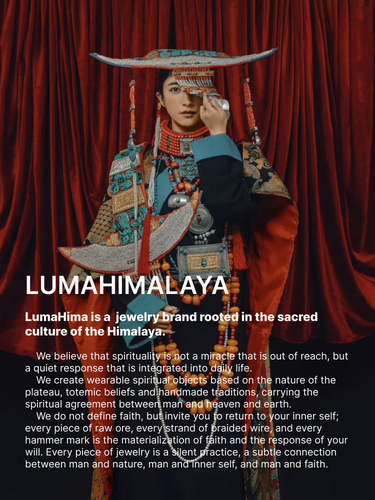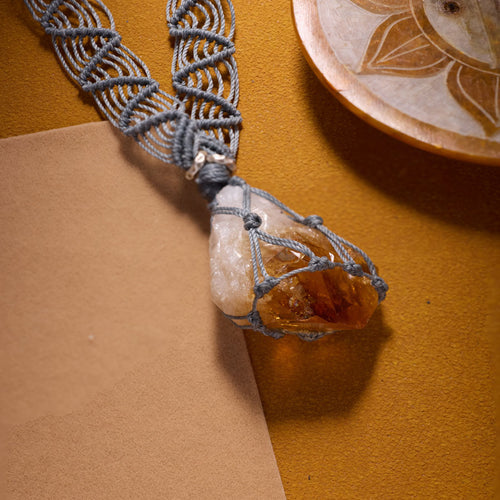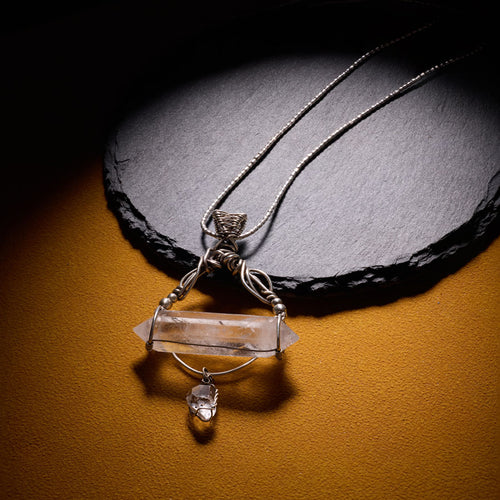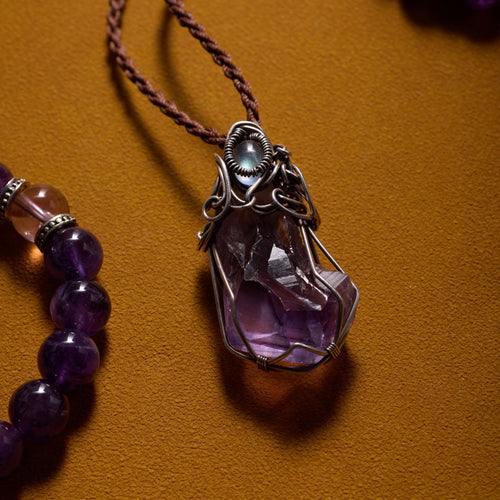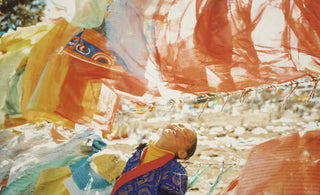
The Himalayas are not simply the world’s tallest mountains—they are where the divine meets the earth. For Tibetan Buddhism, they are far more than a backdrop: they are a living presence. In the folds of these ranges lie the sacred lakes, hidden caves, and pilgrimage routes where sages meditated, deities revealed their forms, and offerings dissolved into sky.
In Tibetan culture, these mountains are not obstacles to be scaled, but teachers to be listened to. They do not call out loudly, but when the silence arrives, you feel them answering something in you. To walk beneath these peaks is to enter a sacred geography. One where every gust of wind could be a whispered mantra, and every rock, a witness to a thousand prayers.
Between Wind and Stone: A Culture Formed by Stillness
The Himalayas are shaped by wind, by weather, by centuries of quiet passage—and the people who live among them have learned to shape their lives in the same way. In this landscape, what is sacred is rarely announced. It takes form slowly, through repetition, through care. Over time, the line between spiritual and practical fades. Prayer becomes a gesture of the hand. Respect becomes a way of moving through space. There is no need to separate faith from living—because here, they have always belonged to each other.
It is from this way of being that Tibetan craftsmanship finds its rhythm. Not rushed. Not refined to perfection. But made with the kind of attention that turns a copper etching, a crystal bead, a carved mantra into something that doesn’t ask to be seen—only to be held, and remembered. These gestures of making—quiet, consistent, intimate—do not separate sacredness from use. Instead, they prepare the ground for a different kind of spiritual logic: one that does not arrive all at once, but returns, again and again, in the smallest acts.
A Spiritual Order in the Everyday
Unlike many grand visions of what “spiritual practice” should be, Tibetan culture places the sacred gently within the small and ordinary. A string of beads. A lamp beside the fire. The slow rise of incense smoke. These form a complete conversation between the self and the world. Practice is not sudden awakening, but a soft persistence, day after day. A prayer whispered at the hearth. A hand turning the wheel. A forehead bowing to the ground. Together, they reveal a deeper sense of order—not a reaching outward, but a returning inward.
This culture continues through a quiet, restrained craftsmanship. Objects are not made to dazzle the eye, but to carry the warmth of spirit. The etchings in copper, the cracks in stone, the path of a mantra carved into the surface—each is a silent dialogue between human and the sacred.
Wearing, then, is no longer about appearance. It becomes a reconstruction of the inner structure. It does not claim function, yet in its silence, it may awaken a kind of still awareness: wherever you are, practice is present. Every touch may become a spiritual reply. In this way, the object becomes the extension of faith. Wearing becomes a language of devotion.
The Birth of Lumahima: Where Light Begins, and the Mountain Holds
It was on this land, where spirit and culture are inseparable—that Lumahima was born. The name itself is a fusion of two roots: “Luma,” inspired by the English word Luminous, meaning light, radiance, inner glow; and “Hima,” an abbreviation of Himalaya, evoking the stillness, clarity, and sacred strength of the mountain. Light arises from within and illuminates outward. The mountain stands—not to overshadow, but to anchor. Lumahima is not merely a name, but a quiet architecture of meaning: a pathway for intention to find its place between heaven and earth, a point of return for the soul in the rhythm of daily life.
We do not create with the idea of “jewelry” in mind. At Lumahima, each piece begins as a question of presence. It is not simply a crafted object—it is a vessel of energy, a silent channel through which you might remember something deeper the moment it touches your skin. Not a declaration, but a witness. Not an ornament, but a quiet light. What you wear is not a product—it is a luminous thread, softly reopening the space between you and the sacred.
Brand Values: Responding to Spirit Through Objects, Anchoring the Soul Through Wear
The philosophy of Lumahima is not a set of slogans. It is drawn from three quiet directions deeply rooted in Himalayan spirit.
We believe that the sacred can be a place to return to. Not through formal ritual, but through objects that awaken what is already held deep within. The vajra, the Eight Auspicious Symbols, sacred mantras—within Lumahima's design, they are no longer remote symbols of worship, but quiet coordinates for daily life. What you wear is not simply a piece—it is the moment you choose to connect with something higher.
We believe that practice begins in the everyday. Our pieces do not claim powers, nor promise results. They exist in the rhythm of your life, as a subtle reminder to slow down, to return to presence. They are the coolness at your fingertips when you turn a page, the warmth against your skin in quiet moments, the comfort you reach for without thinking.
We believe the covenant with the earth is real. That’s why we choose raw stones, crystal clusters, bone, and hand-forged copper. We preserve their cracks and edges, because in unaltered natural forms, we find the most stable energies. These materials hold resonance not because they are shaped by us, but because they come from the land itself. Each piece is a point of communion between you and the natural order.
The Temperature of the Brand: A Spiritual Continuum Without Preaching
Lumahima does not attempt to craft a perfect image of spirituality. We do not prescribe a correct path of belief, nor do we emphasize who the wearer should be. What we offer is simply a possible path—a way to respond to the world above, and to find calm within. Our narrative is deliberately restrained—not because we are indifferent to culture, but because we know that true power does not lie in grandeur. It resides in quiet and in the steady practice of being present.
The brand's hope is for each piece to become a dependable presence in the wearer’s life. Not something loud, not something directive, but something that remains—a companion like the wind on the high plains: at times gentle, at times fierce, yet always there.
Every Piece Is a Compass for the Soul
Lumahima does not define your path, nor require a spiritual identity. We believe only this: every person carries a wish that longs to be placed somewhere safe. And the object—quiet, worn, honest—is that place.
You might wear a strand of crystal simply for its beauty. But it might, without warning, awaken a journey you had long forgotten. We believe that wearing is both a ritual and a declaration. Not a declaration of who you appear to be, but a vow to honor who you truly are.
To choose a piece from Lumahima is to begin a quiet answer to the sky. No longer searching outward for meaning, you let the dialogue begin between your body, your breath, your spirit—and the object that gently carries it all.




